The United States is a young country with heritage from various nations across the globe that blend together into fifty unique states, each with different ways of life and conventions.
Because of the USA’s brief history, it can be argued that few traditions are truly “American”. Rather, they are inspired by the many cultures that make up our country.
However, it goes without saying that our country’s cuisine is something distinctive that unites us all — the classic food that we can call our own and enjoy not only with our tongues and stomachs, but with our American pride and patriotism.

Photo by Mira Nguyen
With any tradition there is history, and with all histories come legends.
In the case of American food, there are many claims of origin behind each dish, and it is rare for evidence to be provided. Keep in mind that the validity of these stories are far from certain.
1. Hamburgers
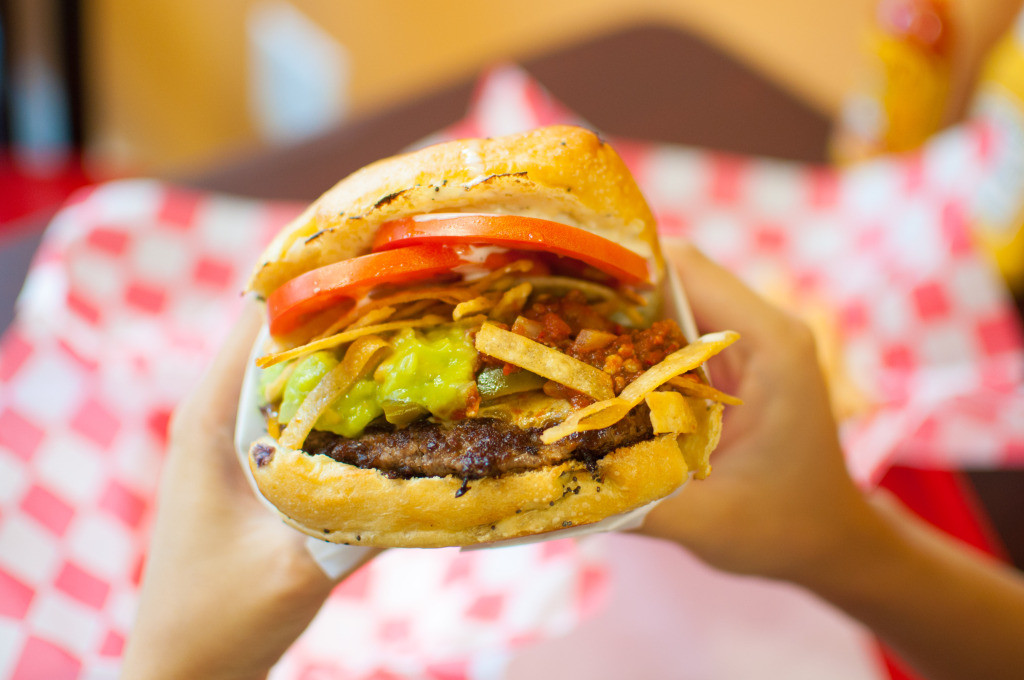
Photo by Lawrence Yu
There are a few individuals who have claimed to be the creator of America’s most iconic sandwich:
Just fifteen years old at the time, Charles Nagreen was selling Hamburg steak back in 1885 at an county fair. After losing business to those who did not want to sit down and eat, Nagreen decided to flatten the steak and serve it between bread, making it portable for his customers.
In the same year, Frank and Charles Menches claimed to have served ground beef on a sandwich at another county fair after running out of pork. They named the new creation after Hamburg, NY, the city in which the fair was held.
And of course, Louis’ Lunch in New Haven, CT prides itself on serving the first hamburger after broiling beef scraps (to eliminate waste) between two pieces of toast for a customer who wanted to eat on the run.
2. Hot Dogs
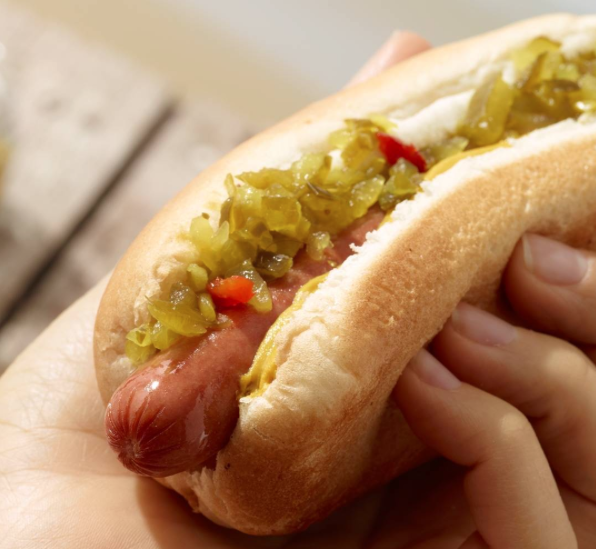
Photo courtesy of @originalnathans on Instagram
Many speculate that hot dogs originated in the streets of New York, where German immigrants sold sausages from carts in the 1860’s.
One possible creator is Charles Feltman, who sold the hot dog in Brooklyn circa 1867. After contemplating which hot sandwich could be easily made from a small wagon, Feltman felt that a boiled sausage in a roll would be a simple solution. Thus the famous Coney Island hot dog was born.
3. Cheesesteaks
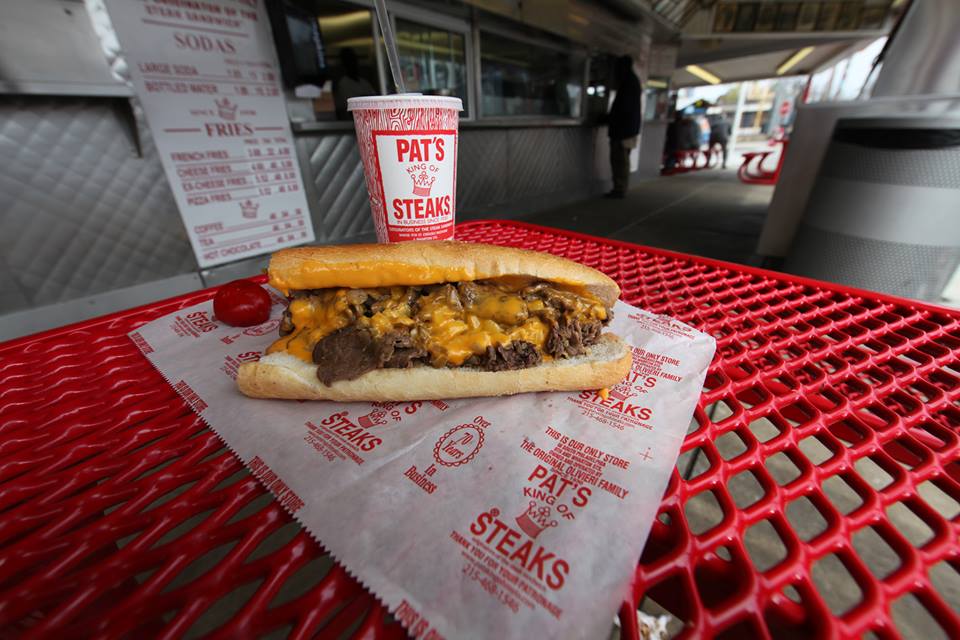
Photo courtesy of The Original Pat’s King of Steaks on Facebook
One day in the early 1930’s, a hot dog vendor in South Philadelphia named Pat Olivieri decided to make a steak sandwich for his lunch using chopped beef and grilled onions.
Rumor has it that the scent of Pat’s creation caught the attention of a cab driver, who then requested one for himself.
Of course, the steak sandwich was a hit, and the driver convinced the hot dog vendor to switch over to selling this new creation exclusively.
Eventually cheese was added to complete the masterpiece, and the rest is history.
4. Meatloaf
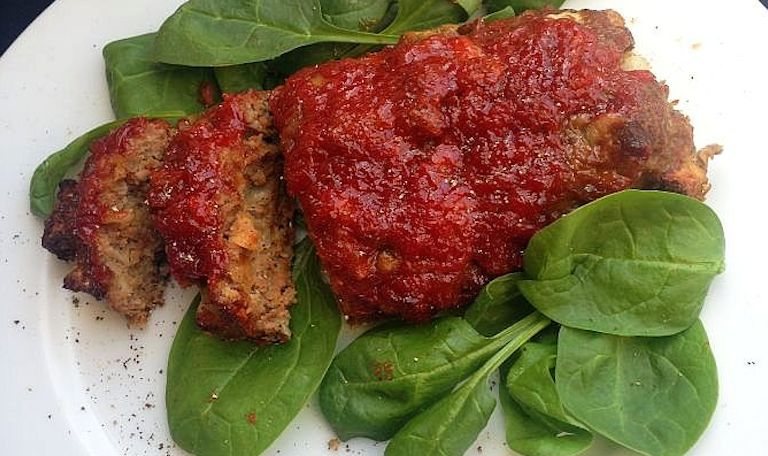
Photo by Emily Palmer
Meatloaf, though having an ancient history, was popularized in the United States following two significant events: the invention of the meat grinder and the Great Depression. Inexpensive and tasty meals could be made cheaply using simple meatloaf recipes.
5. Peanut Butter & Jelly
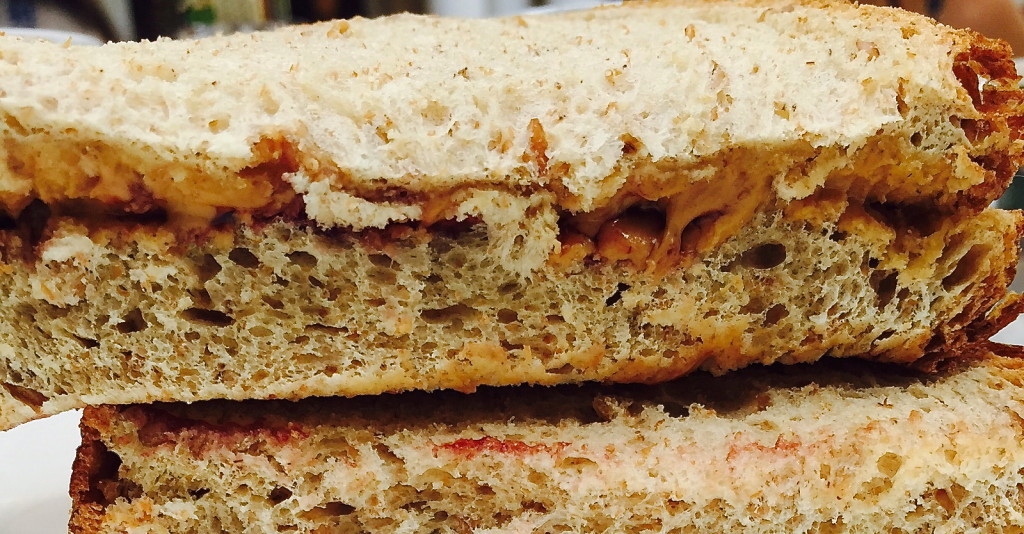
Photo by Lauren Farfel
Peanut butter gained popularity (as it should have) in the late 19th century, and entered the diet of all Americans by the early 20th century.
As for the famous PB & J combination, it is rumored that U.S. soldiers in the 1940’s would put jelly onto their peanut butter sandwiches to make their military rations more appetizing.
The peanut butter and jelly sandwich has been the go-to for Americans of all ages ever since.
6. Buffalo Wings

Photo by Lauren Beane
It all started (allegedly) in Buffalo, New York at the Anchor Bar.
Teressa Bellissimo served the dish for the first time in 1964. She created the dish to use up an excess amount of chicken wings shipped to her restaurant, which she covered in her own special sauce (likely containing Frank’s Red Hot).
The wings were served with celery and blue cheese because apparently, that’s all Teressa had on hand during the late shift.
7. Chocolate Chip Cookies

Photo by Caitlin Shoemaker
This one actually has a documented creator, and it is Ruth Wakefield.
While preparing meals at her tourist lodge — the Toll House Inn — Wakefield noticed that she had run out of the baker’s chocolate she needed for the cookies she was making.
She figured that pieces of Nestle’s semi-sweet chocolate would eventually melt and dissolve into the dough to make the desired chocolate cookies.
Instead, when the batch was finished, Wakefield discovered her new invention — the chocolate chip cookie.
8. Ice Cream Floats
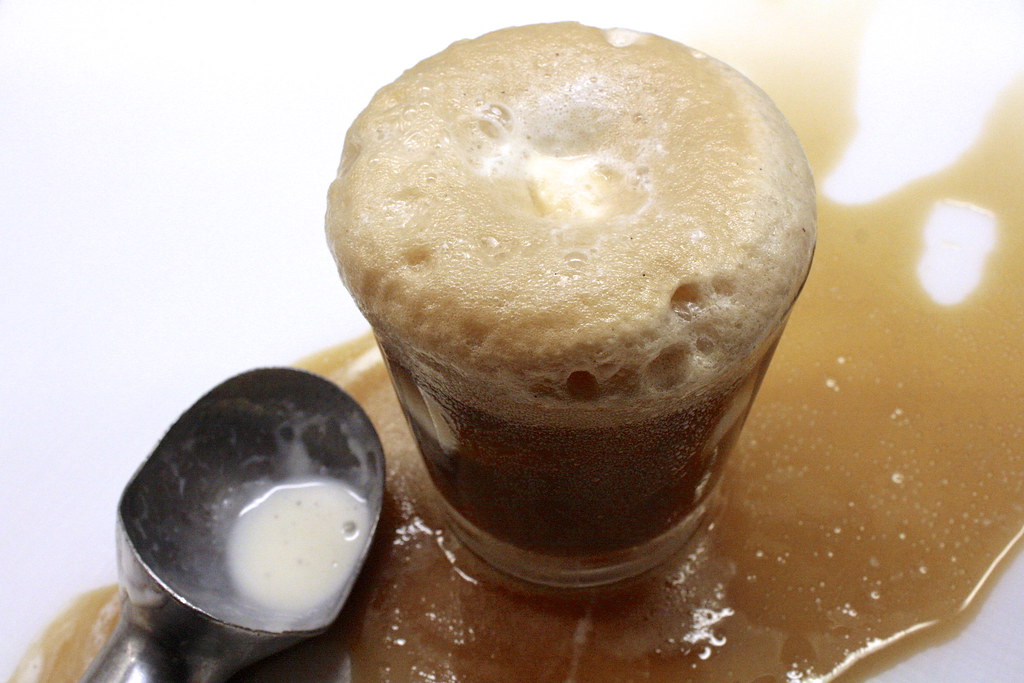
Photo by Tess Wei
The origin of the refreshing ice cream float (most famously the root beer float) traditionally follows a tale of a Robert McCat Green running out of ice for his soda, and using ice cream from a fellow vendor as an alternative.
However, Green himself tells a different story:
In Philadelphia, 1874, Robert McCay Green was operating a soda fountain during a celebration event and wanted to create a bigger and better treat to steal customers away from a “fancier” soda fountain competitor.
Many experiments later, Green settled on combining ice cream and soda in various flavor combinations. The treat was a phenomenon, and was soon picked up by other vendors.
Green was extremely proud of his creation, and requested that his accomplishment be recognized on his tombstone.
9. S’mores

Photo by Devon Flinn
Like many other foods, the beginnings of the s’more will never be known for sure. Despite the uncertainty, it is safe to say that the campfire treat was made popular in the 1920’s by Boy Scouts and Girl Scouts.
In fact, one of the first published recipes of s’mores was in a Girl Scout book under the name “Some More”. Clearly the Girl Scouts know how to make some delicious dessert snacks.
10. Banana Splits
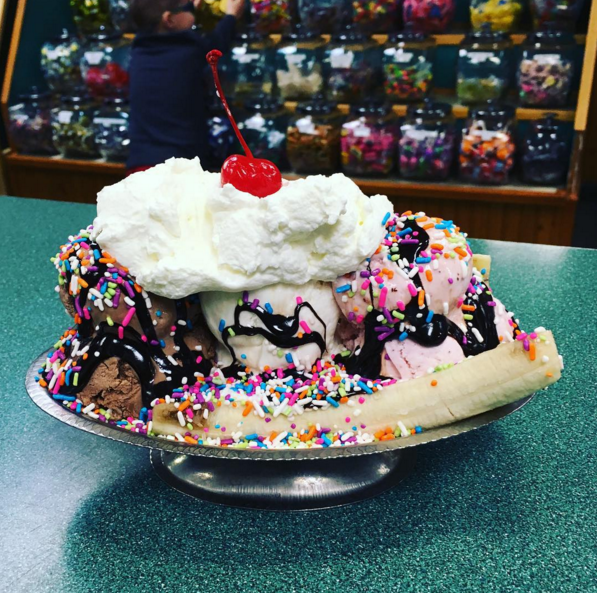
Photo courtesy of @eggersicecreamparlor on Instagram
In the early 1900’s, the soda fountain industry was extremely competitive, and shops had to up their ice cream sundae game to stay on top.
David Stickler of Latrobe, PA did just that in 1904 when he decided to slice a banana in half and serve it under three scoops of ice cream and loads of toppings.
Stickler also later created a longer serving dish to properly display the “banana split sundaes”. This man was a true American hero.
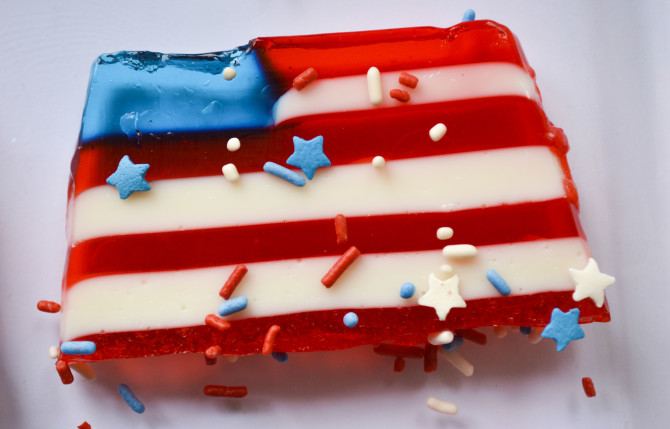
Photo by Phoebe Melnick
All of these foods encompass the true American Dream through their vision, innovation, success, and of course, great taste. Can your creative mind come up with the next American classic?


